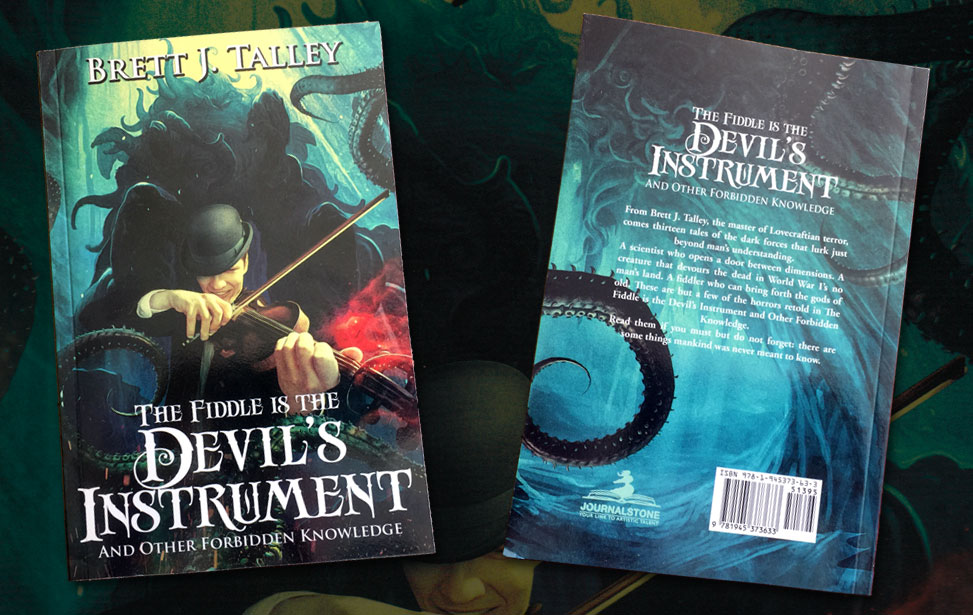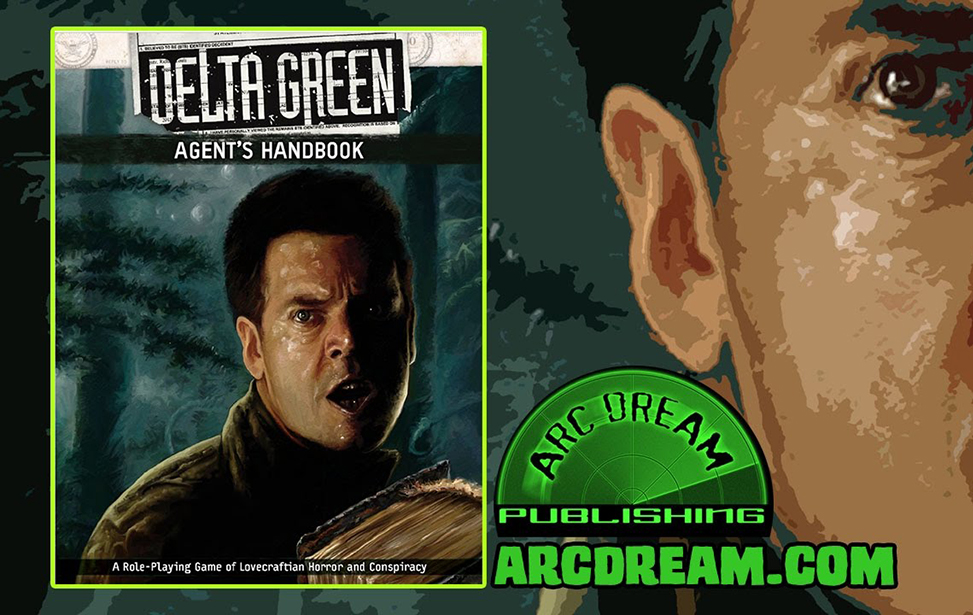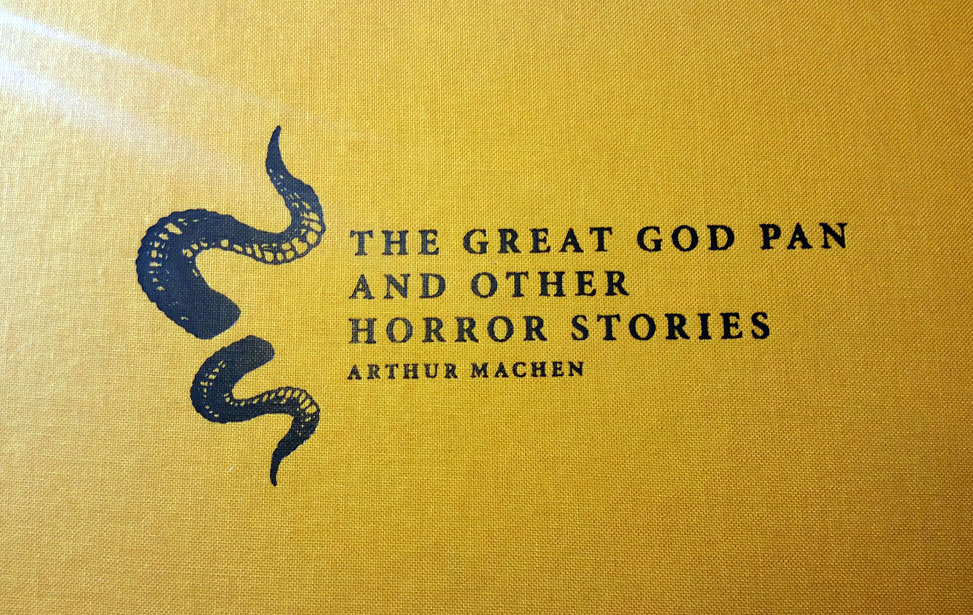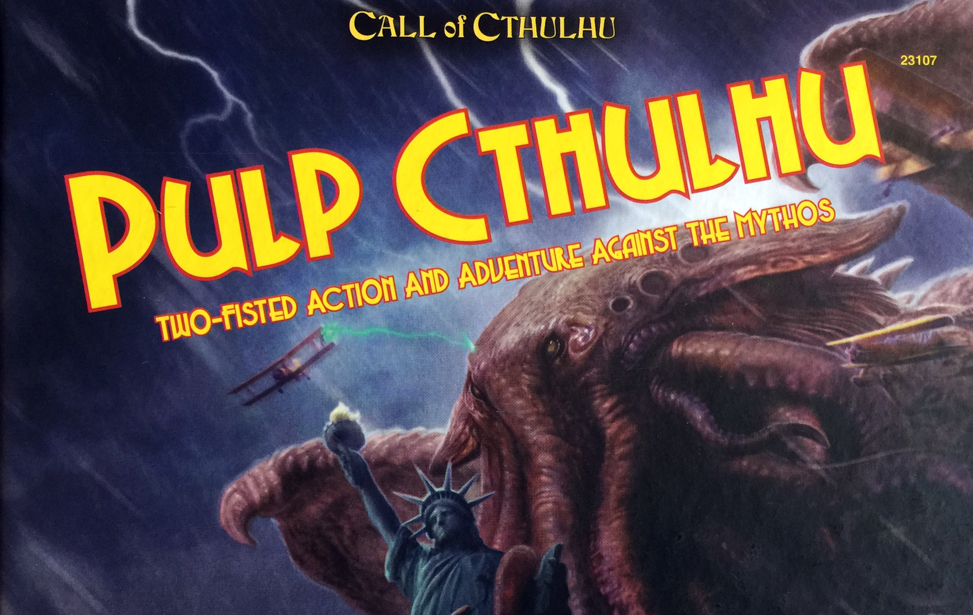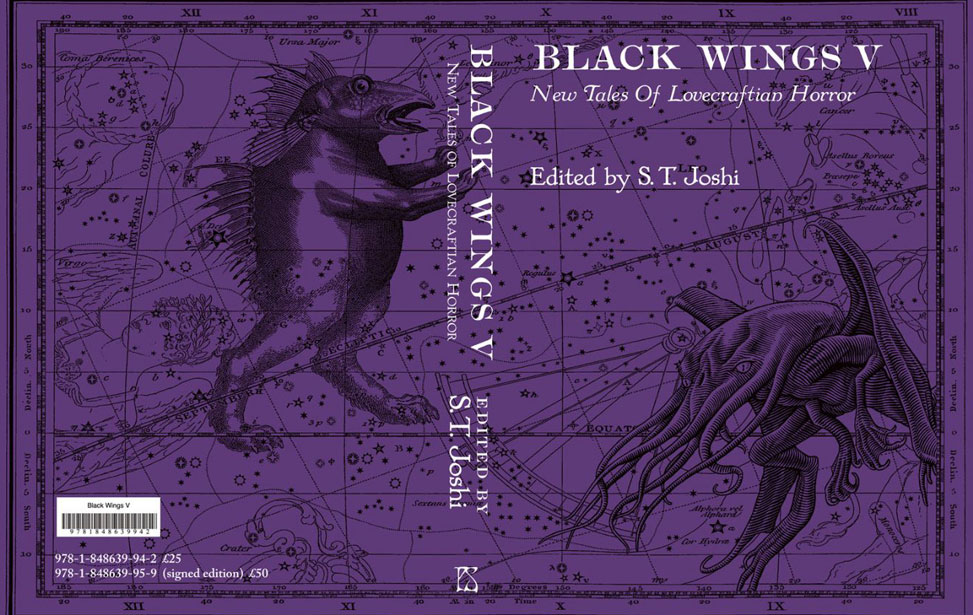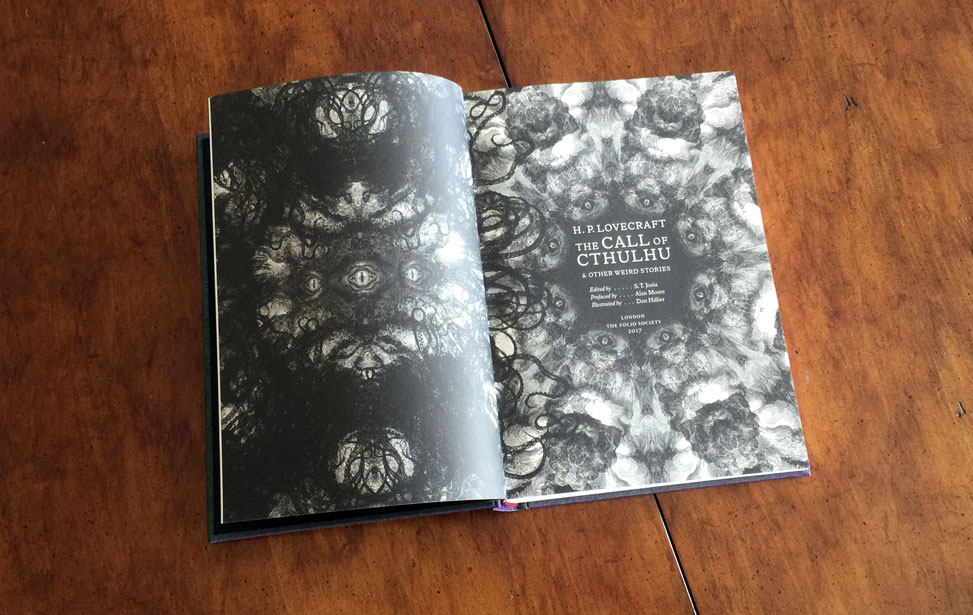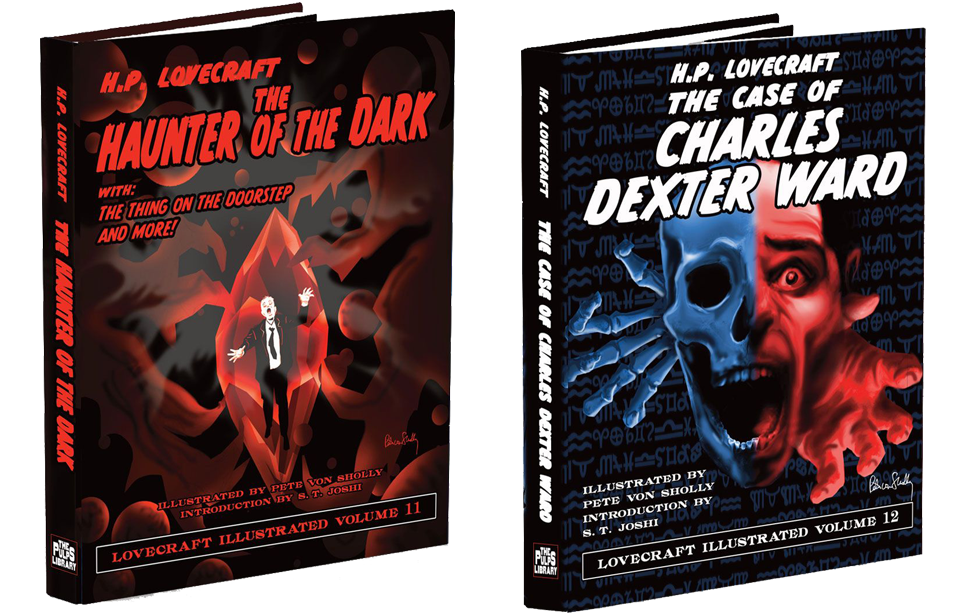The Fiddle is the Devil's Instrument and Other Forbidden Knowledge
Overall a worthy collection. Talley’s use of the mythos is excellent and not heavy-handed like some Lovecraft pastiche creators. Personally I would stick to the digital edition.
- Overall: B B B B B
- Quality: Q Q Q Q Q
- Value: V V V V V
- Written by Brett J. Talley
- Published by Journalstone
- Price: US $3.95–$28.95
Review by Reber Clark
October 12, 2017
This collection of Brett J. Talley’s short stories is a breezy and entertaining read. There is enough creepiness and there are touches of Lovecraft that recall the dread of the master’s work without becoming pastiches. This is made very evident in the subtle Judeo-Christian touches present in some of the tales. The writing seems light and breezy but the concepts and their execution are deadly serious. Some stories in this volume seem to carry the weight well and others do not.
The titular story, “The Fiddle is the Devil’s Instrument”, is well-wrought and takes a sudden left turn near the end which is refreshing and surprising. In American folklore (and maybe others around the world) the violin is definitely identified as the Devil’s instrument.
This deep traditional lore is probably responsible for the majority of people who reference H. P. Lovecraft’s “The Music of Erich Zann” and refer to Herr Zann’s violin. Artists even depict him this way. However the instrument in Lovecraft’s story is a viol – an old German theatre instrument much like a ‘cello. It is played between the legs and contacts the floor for resonance which is an important story point. Lovecraft definitely knew the difference having hated his violin lessons as a child and the Weird Tales publication of the tale includes a picture of Herr Zann with the correct instrument.
However, the events in this story are with a violin and completely satisfying.
Lots of Lovecraft’s elements are subtly present without hitting you over the head with them with five or six on a page as other authors do.
“The Apotheosis of a Rodeo Clown”
A tale about a Halloween side gig for rodeo clowns, which might have been a bad idea, hired by a biker gang called “The Sons of Dagon”. Something is lurking under the ill-rumored mining town of Sutter’s End. It includes bull sacrifice, cruelty, outlaw bikers named “Piston”, “Hog”, “Tonto,” and “Goat”, questions of belief and faith (echoes of Derleth anyone?), human sacrifice, and things underground not meant to be. Complete with an exclamation point ending.
“What the Dead Can Tell”
Something under the Ural mountains discovered by the Nazi Thule SS during World War II is awakened and being discussed by Special Agent Crowley and Russian Colonel Toporov. I put this one squarely in the Lovecraft not Derleth camp (no Judeo-Christian or dual-universe overtones).
“Beneath the Shadow of the Hills”
Maggie and Carol drive to a cabin in Maine and find a Ouija board. They hike to “Bald Mountain” where they find a suspicious stone table. What could possibly go wrong? Telegraphed from the beginning but a quick fun read.
“The Return of the Witch Queen”
Nyarlathotep and Christ in New Orleans. I think we’re in for a Derlethian romp. An inspector that was on Inspector LeGrasse’s team a long time ago treats a visiting professor to a Sazerac cocktail in New Orleans and tells of voodoo rituals in the surrounding swamps being active again. Several phrases allude to a Derlethian point of view – “The Old Ones want chaos, and they thrive on ignorance. If we’re going after them in the shadows, then we gotta shine the light of truth on them. That’s what you do. ‘Cause there can be no faith without seeing truth, and faith is what we need now more than ever.” So we investigate a hidden cult with its accompanying leader in the swamps. The story wraps up satisfyingly.
“Nemesis”
The approach of Nibiru (also named “Yuggoth” and “Nemesis”), the destroying planet. An effective tale.
“The Spaces Between Space”
Solidly a “weird science” offering. — “I have no memory of how I came to be in the particle accelerator beneath the College, or whose blood it is that stains my clothes.” — “If ordinary matter does not exist in some undifferentiated mass, why should dark matter?” — “Why not dark stars and worlds?” — “Why not dark life?”
Not a Derlethian hint in the whole piece. Refreshing.
“The Substance of Shadow”
A trap in space. No spoilers here, but it did remind me of a Star Trek episode!
“The Piper in Yellow”
A re-telling of a classic story (hint: rats, but not in the walls) but with a bit of a clunky ending telegraphed from pages away. Still an effective and entertaining read, however.
“The Worm That Conquers”
1916. World War One. Letters from the Front. Monsters in the haze and how it all works out. Written well.
‘The Wind Passes Like a Fire”
This just might be the end of the world. “It’s just the wind”. Very much reminds me of Ray Bradbury’s writing. I am struggling to not give anything away here.
“The Lost Class of Miskatonic University”
In 1715 a class of students disappears from Miskatonic. Many HPL references well-handled. This time it’s a Mist. Oh, and what they found in the Library… a cautionary tale of students and what they should know when.
“Seeking the Wendigo”
A tale of the Wendigo. Predictable but well worth the read.
Overall a worthy collection. Talley’s use of the mythos is excellent and not heavy-handed like some Lovecraft pastiche creators. When Lovecraft’s creations and ideas enter Talley’s stories they seem perfectly at home and not thrown in. So far Talley is one of my favorites for this technique. Personally I would stick to a digital edition but this does not detract from the worthiness of the tales. Adequately written tales, some with very effective and entertaining twists. Here and there is an almost Derlethian insertion of “good guys versus the bad guys” material.
